Picture This: A Path to Normalcy
The five key variables that will impact how quickly we will get back to a state of “normalcy.”
Watch the video
As vaccines roll out around the world, the question on everybody’s mind, is what does the journey back to “normal” look like? A new normal won’t return at the flip of a switch. We need to understand what’s happening, and we need trusted data to do that. So what should we be tracking? What metrics do we need to make effective, data-driven decisions? And, how do we know if we’re on the path to normalcy?
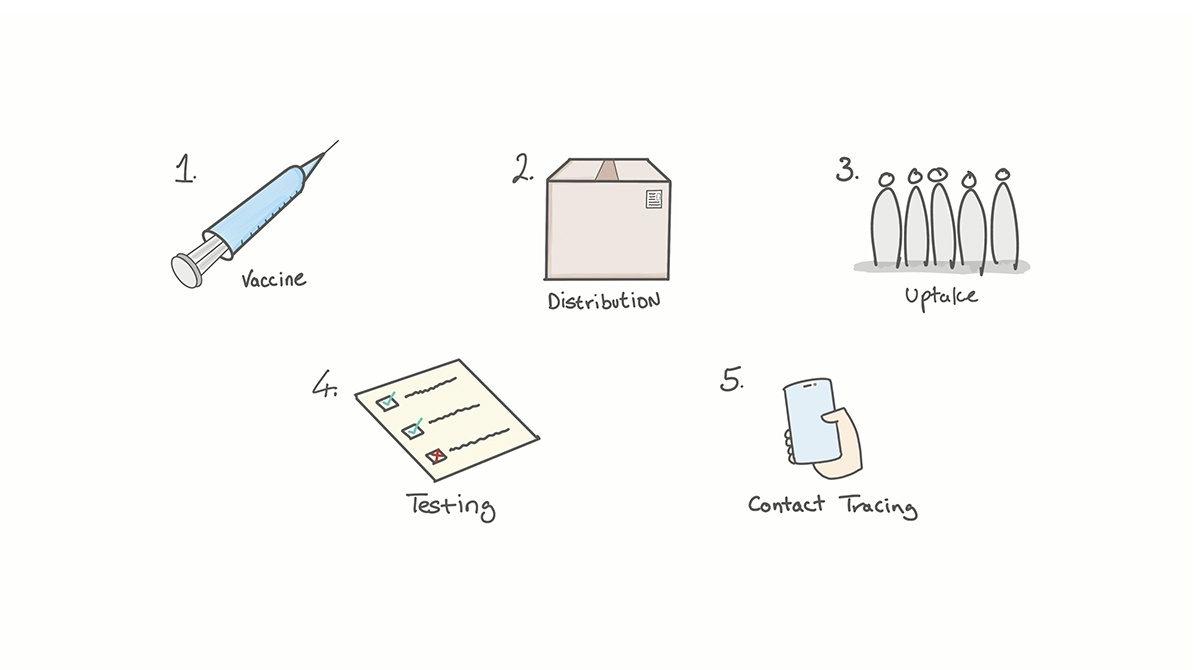
Picture this. Things will be okay when they get simple again. That’s the view of Dr. Sam Scarpino, complex systems scientist, and assistant professor at the Network Science Institute at Northeastern University. With his help, we’ve identified 5 key variables that can help us measure our progress to a state resembling normalcy. In other words, what data will tell us when and how we can return to a simpler - if not quite normal - life.
1. Vaccine effectiveness
The first variable is, of course, the vaccines themselves. At the most basic level, we need to understand how they work: do they prevent severe disease, or do they also interrupt transmission? Which vaccine will make a difference, especially early on when coverage is low? What are the side effects? Public and private healthcare organizations will need to track these data at a granular level.
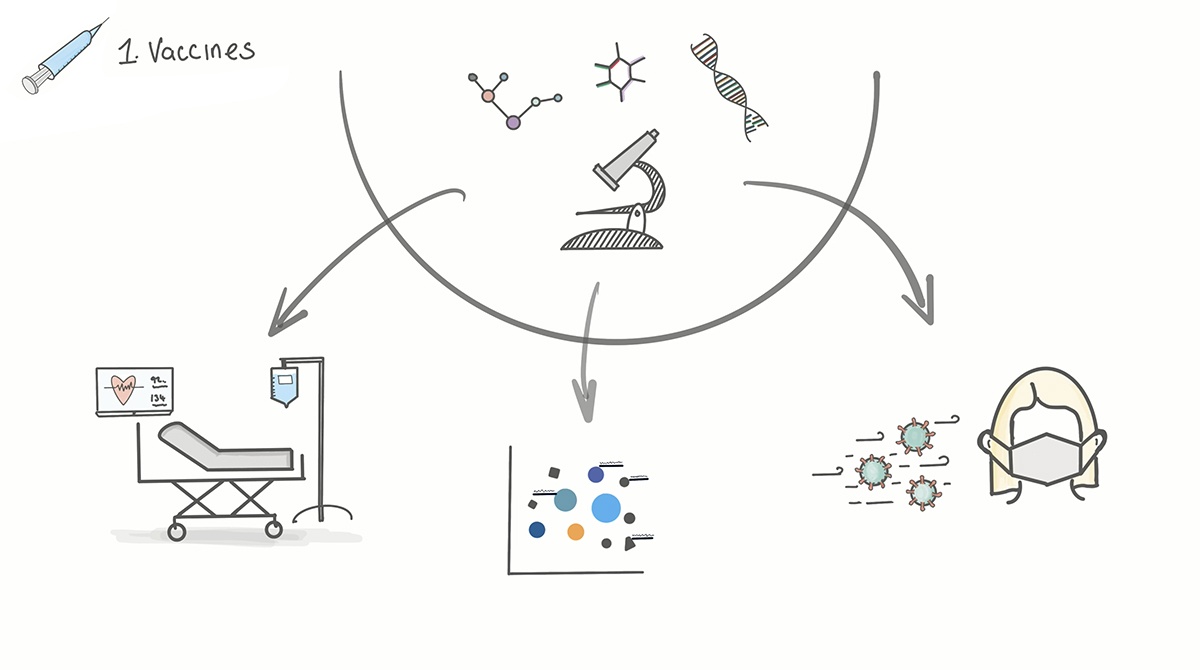
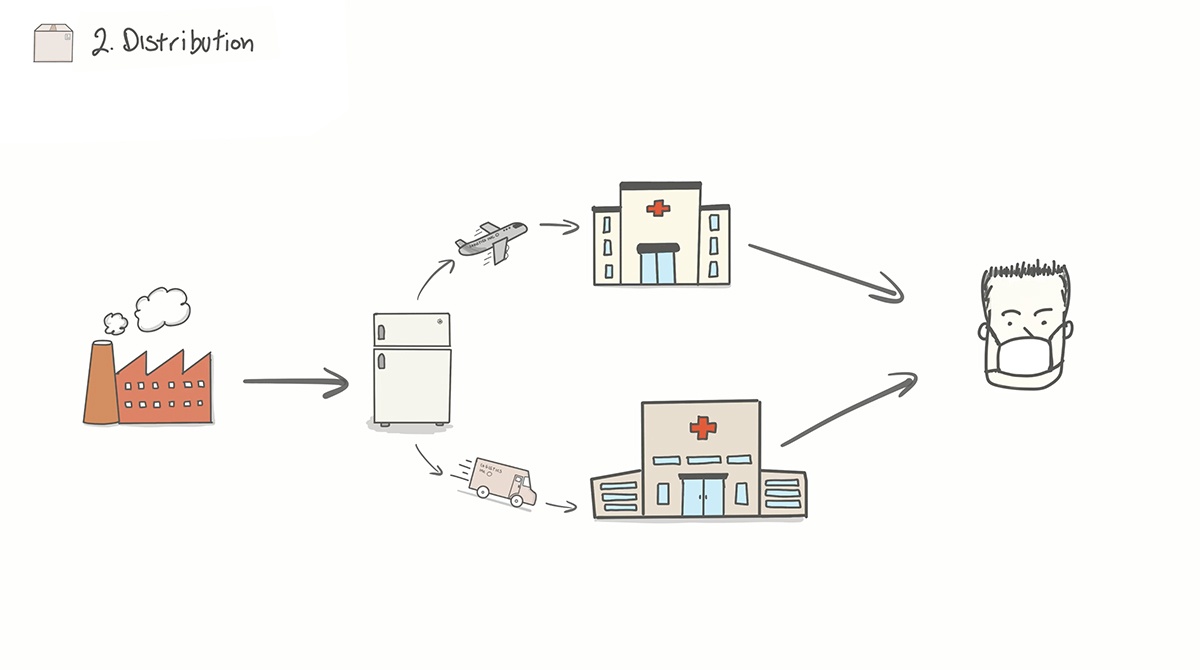
2. Vaccine distribution
Next, we have to consider the huge task of distributing and administering the vaccines. This of course brings production and logistical challenges from mass shipping of perishable products, to scaling delivery to patients within myriad healthcare systems. And most critical of all, prioritizing what groups should be vaccinated first, and managing follow-up to ensure second doses are administered on schedule.
3. Vaccine uptake
The third key variable is vaccine acceptance and uptake, which is difficult to predict. Vaccine acceptance is about building trust within local communities - especially where vaccine hesitancy is the norm. Uptake, on the other hand, is about vaccinations itself. Is it fast, easy, and accessible? The story of COVID-19 is fundamentally a local story, so what we really need are data insights at the postal code level.
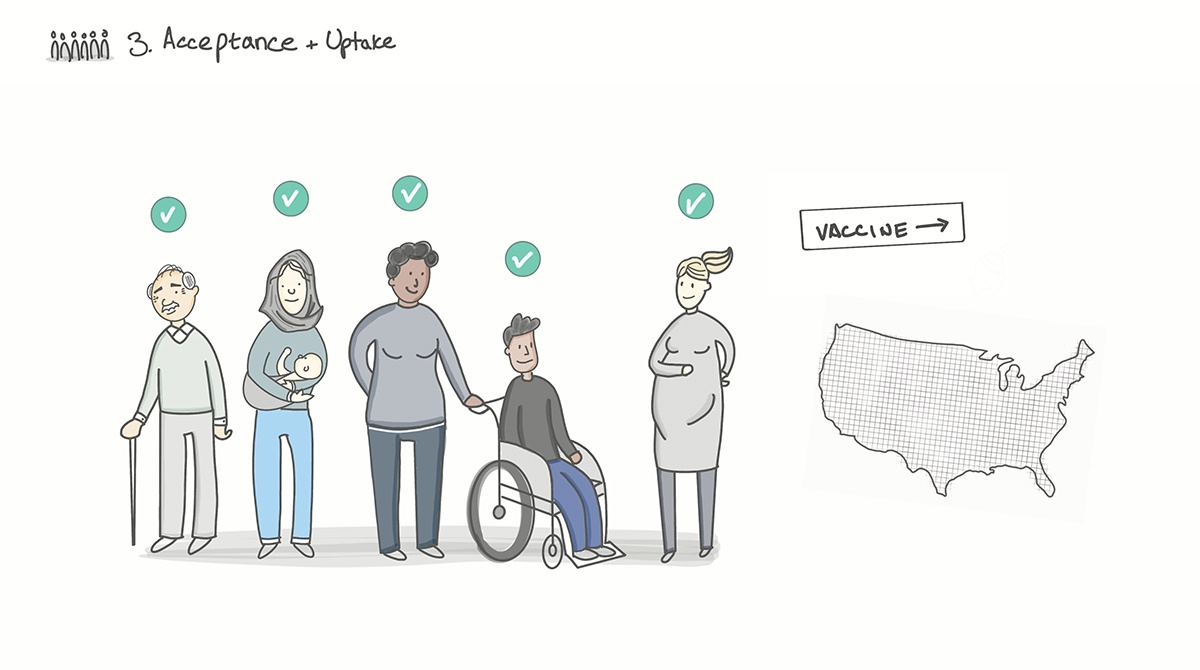
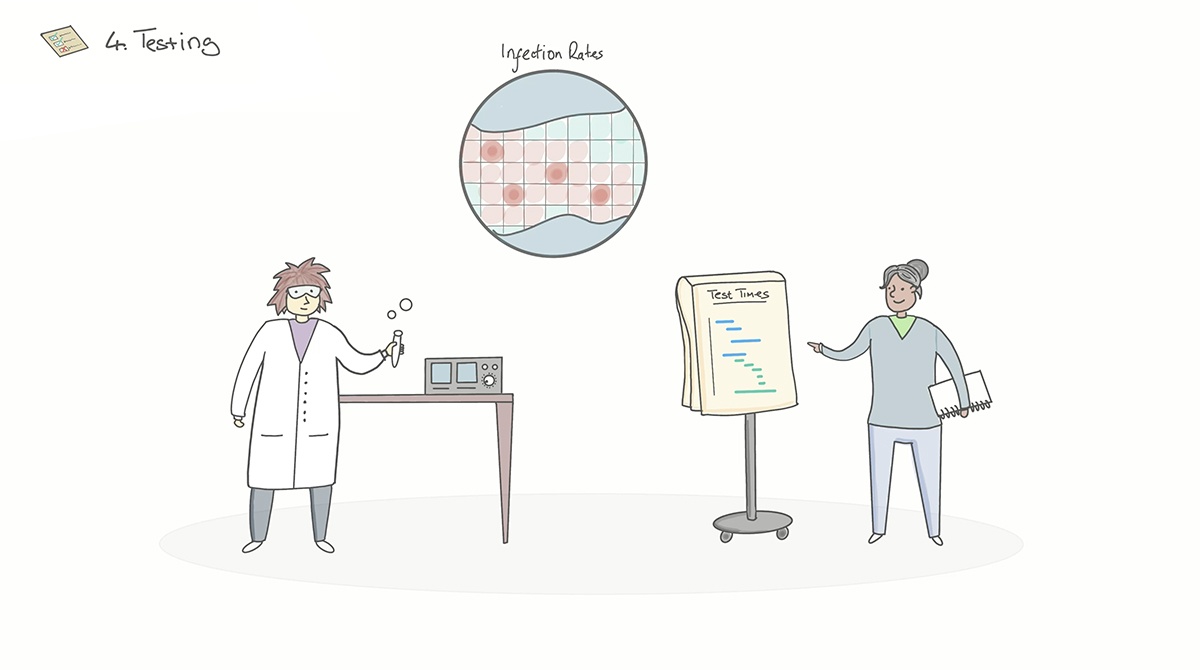
4. Testing speed and availability
It’s going to take time to roll out the vaccine. But with focus shifting to the vaccine itself, we can’t forget the importance of testing. We need to know how available is on-demand testing? What are the barriers that prevent people from being tested? How long do the results take? Hours or days? With this data, communities can identify hot spots, and businesses gain insights they need to reopen - getting us one step closer to normalcy.
5. Contact tracing
Finally, even with testing, vaccines, and wide scale public health measures, nothing beats good old fashioned contact tracing. Closely monitoring where, when, and by whom one was exposed will help people understand if they are at risk, and take the right precautions - especially if they are asymptomatic. Contact tracing is foundational to the path to normalcy, by making sure that exposed individuals are aware, they can take actions to limit further transmission.
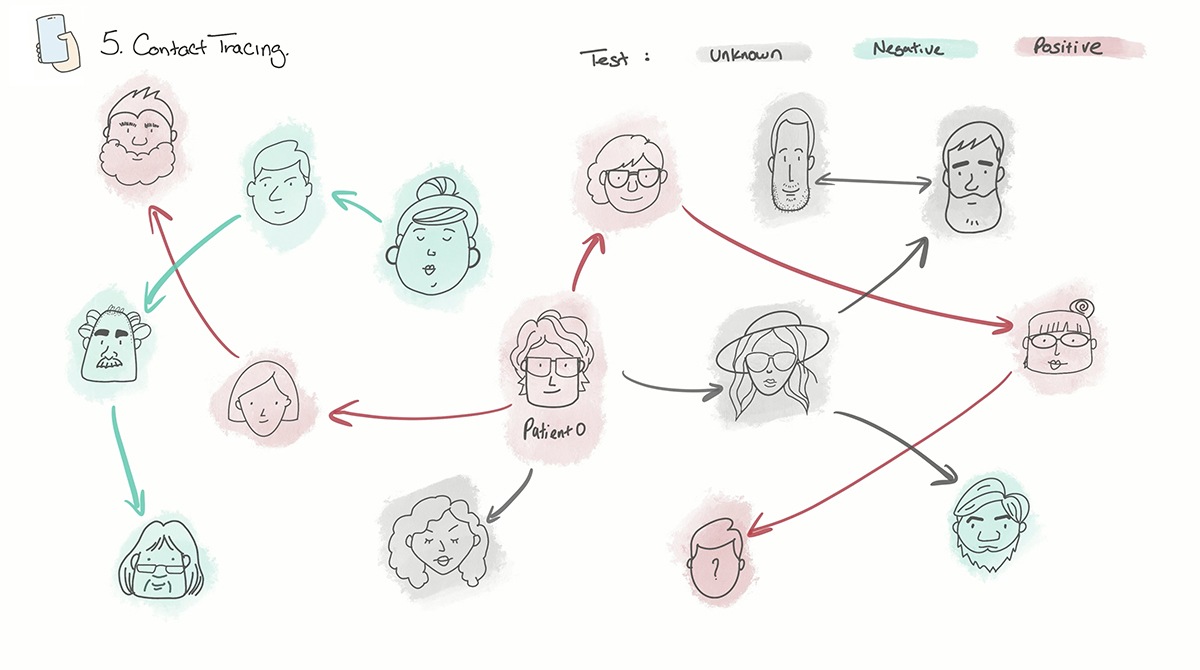
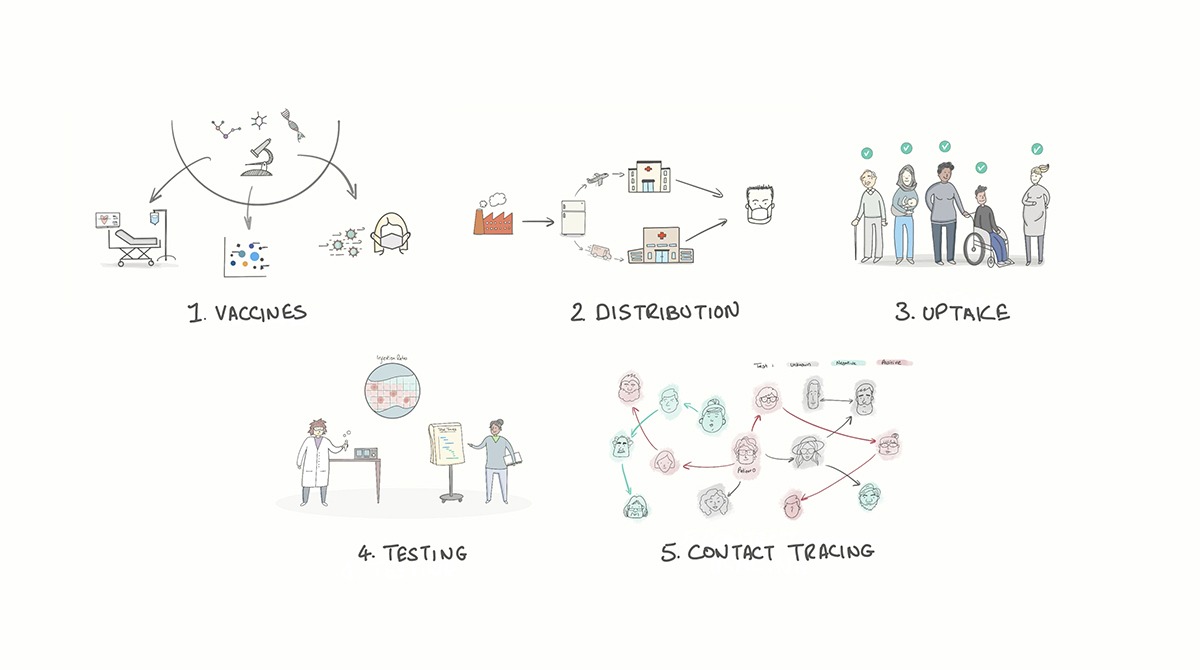
Over the next few months, these factors will drive how quickly or how well things will return to normal for citizens, communities, and the economy. For more information, check out the Tableau COVID-19 Data Hub, where you can explore dashboards, find actionable insights, and visualize your own analyses.
![]()
If Data Could Talk: Vaccinations
Watch Dr. Scarpino's If Data Could Talk interview about the role of data on COVID-19 vaccinations.
Watch the Video